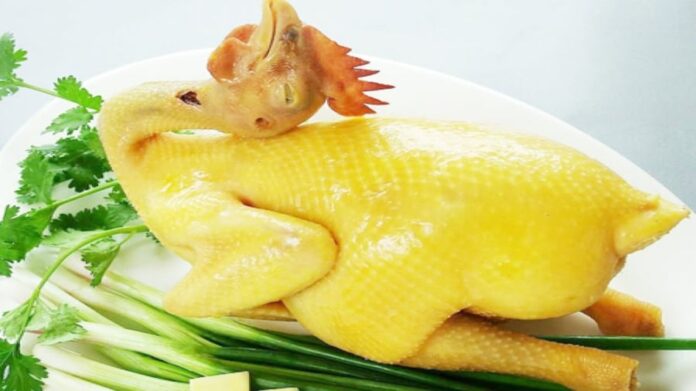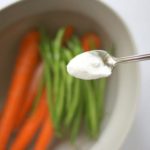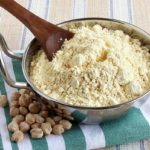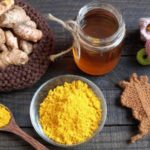The Ultimate Guide to Boiling a Delicious and Aesthetically Pleasing Sacrificial Chicken
As the year comes to an end, a sacrificial chicken is a must-have on the ancestral altar during the New Year’s Eve dinner. To ensure a perfect sacrificial chicken, careful attention should be paid to selecting the right chicken.
Opt for a rooster, preferably a free-range chicken, weighing around 1.5 kg post-slaughter. Avoid buying an overly large chicken as it may look out of proportion on the altar, and the meat tends to be tougher.
The chosen chicken should be healthy, agile, with smooth feathers, a bright red comb, yellow skin, small legs, and a well-developed chest. A chicken with these characteristics will not only have firmer meat but will also look more presentable after boiling and displaying on the altar.
Once you’ve purchased the chicken, it is best not to slaughter it immediately. Instead, untie its legs, and let it roam freely in a pen or cage for at least a few hours to allow blood circulation. This prevents the chicken’s legs from turning dark due to blood accumulation where it was tied.
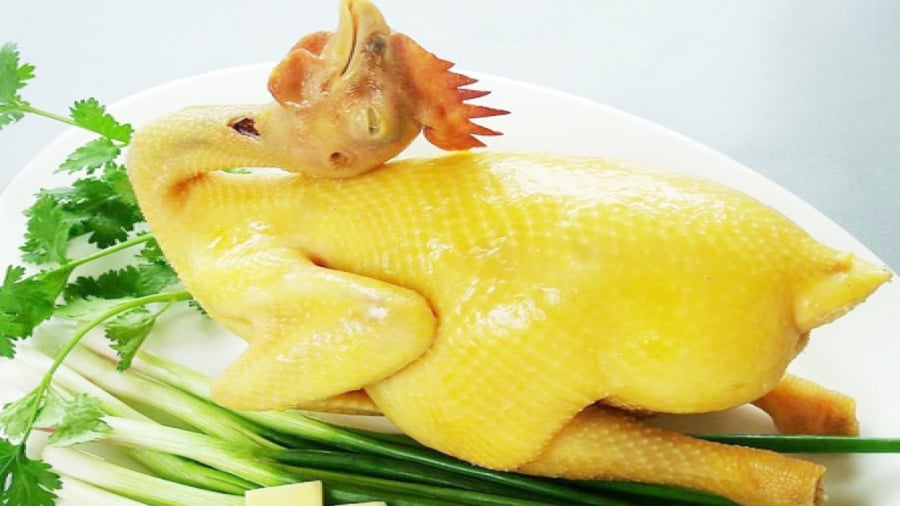
Secrets to Boiling a Delicious Sacrificial Chicken
Methods to Boil a Beautiful Sacrificial Chicken
When boiling the sacrificial chicken, refrain from gutting it as you would for frying or regular boiling. Traditional sacrificial chicken preparation involves eviscerating through the cloaca, which helps create a more aesthetically pleasing shape and prevents skin shrinkage. Detach the legs from the joints to avoid skin tearing and cracking in the thigh area during boiling.
To achieve a praying chicken pose, carefully make incisions on both sides of the chicken’s neck and tuck the wings towards the mouth through these openings. This step requires precision to ensure the wings remain straight and intact while facing outwards towards the mouth. If you prefer a flying chicken pose, gently bend the wings towards the back and tie the wing joints together.
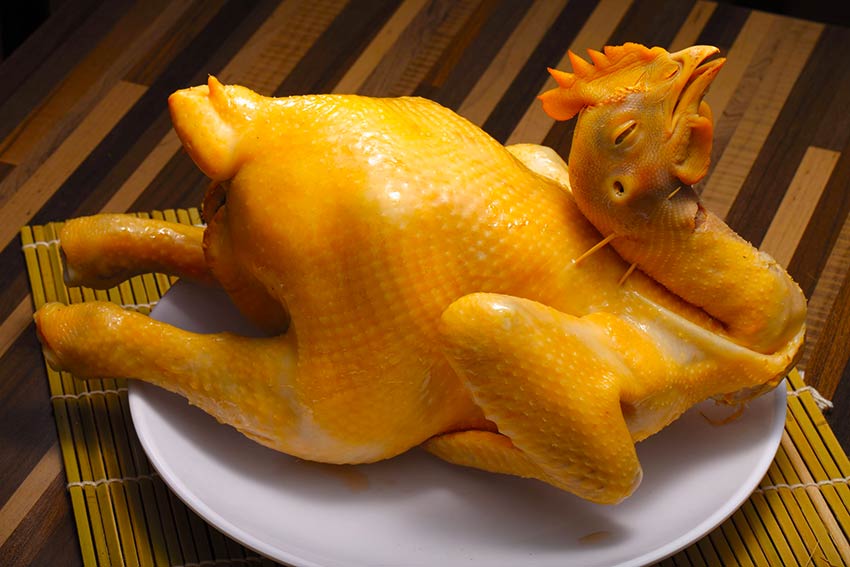
Methods to Boil a Delicious and Beautiful Sacrificial Chicken
To enhance the chicken’s appearance and give it a glossy, attractive yellow color, rub turmeric powder all over its surface and let it sit for 5 minutes before boiling. Place the chicken in a pot, with the belly facing downwards, and cover it with cold water. Boil it over high heat, adding some ginger slices, crushed dried onions, spring onions, a pinch of salt, and seasoning powder to neutralize odors and enhance sweetness.
Once the water reaches a rolling boil, reduce the heat to prevent skin cracking due to vigorous boiling. Continue boiling for another 5-7 minutes, then turn off the heat, and let the chicken sit in the covered pot for an additional 12-15 minutes to ensure even cooking without cracking the skin. Use a small skewer to pierce the thigh; if no red juice oozes out, the chicken is perfectly cooked.
Remove the chicken from the pot and immerse it in cold water to cool it down quickly, resulting in crispier skin. Once the chicken has cooled slightly, apply a mixture of oil and turmeric powder to its surface for a glossy, golden finish.
Detox Your Diet: A Guide to Cleaning Up Your Produce
Are you concerned about consuming harmful chemicals, preservatives, and pesticides that are often sprayed on your vegetables? Want to rid your veggies of these toxins before consumption? Well, worry no more! Discover the ultimate guide to detoxifying your produce and enjoy peace of mind with every bite.
Should You Drink Turmeric Powder Before or After a Meal?
Introducing the ultimate guide to taking turmeric powder: timing your intake for maximum benefits. Uncover the secrets to optimizing your health with this ancient spice, and learn whether consuming it before or after meals is the key to unlocking its full potential. This article promises to transform your understanding of turmeric, empowering you with the knowledge to harness its full therapeutic power.

























